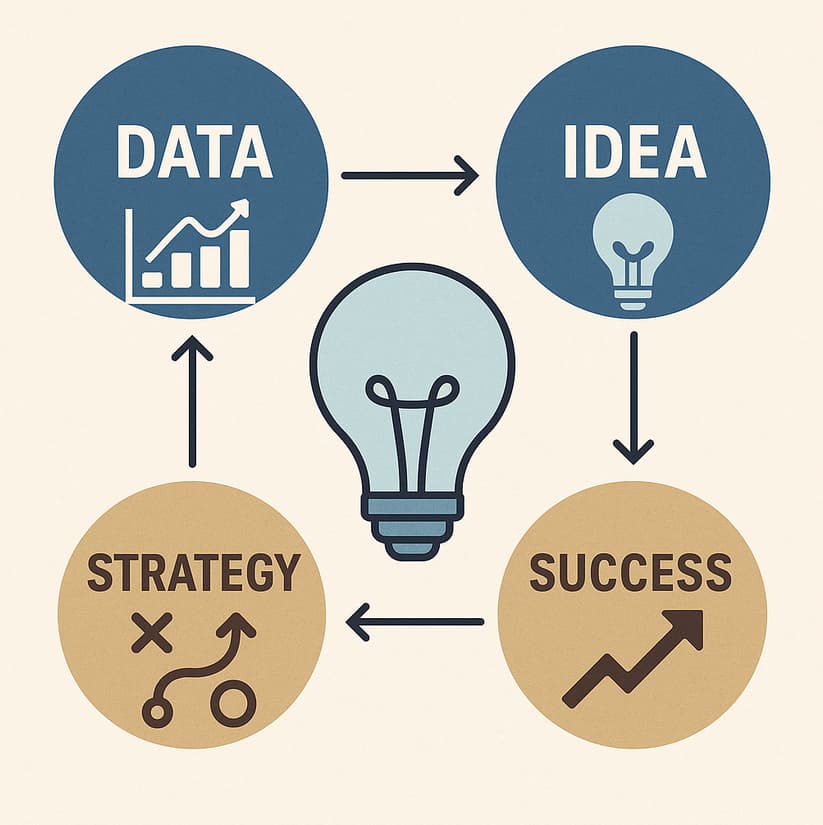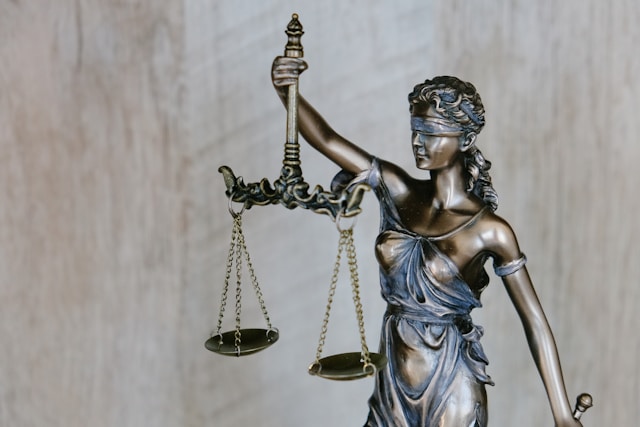Artificial intelligence (AI) is no longer a futuristic concept—it is woven into the fabric of daily life. From chatbots and predictive algorithms to facial recognition and credit scoring, AI systems influence decisions that affect access to jobs, services, housing, and information. But with this growing power comes a growing responsibility: how do we ensure that AI systems respect human rights?
The challenge is not just technical—it’s ethical and legal. If left unchecked, AI can amplify inequality, enable surveillance, and limit free expression. The question is no longer whether AI affects rights—it’s how we prevent it from violating them.
What Rights Are at Risk?
AI can infringe on human rights both directly and indirectly, often without the user even being aware. Here are the main areas of concern:
Privacy
AI systems often rely on mass data collection—everything from online behavior and location tracking to facial features and voice patterns. When this data is gathered without clear consent or used for surveillance, it poses a direct threat to the right to privacy.
Non-Discrimination
Algorithms are trained on historical data, which may reflect biases based on race, gender, socioeconomic status, or nationality. As a result, AI can reinforce discrimination:
- Job applications rejected based on gender-coded language;
- Credit scores lowered for people in marginalized neighborhoods;
- Facial recognition misidentifying ethnic minorities.
Freedom of Expression
AI-driven content moderation systems determine what is visible online. Legitimate opinions may be flagged or removed, especially when they challenge dominant political or social narratives. At the same time, these systems can enable misinformation to spread unchecked.
Key Risks of AI to Human Rights
| Risk | Examples of Use | Potential Harm |
| Invasion of Privacy | Smart cameras, phone tracking | Loss of autonomy, chilling effect on behavior |
| Algorithmic Discrimination | AI hiring tools, loan approvals | Unequal access to opportunities |
| Automated Censorship | Social media moderation, platform filtering | Suppression of dissent, silencing minorities |
| Faulty Decisions | Predictive policing, autonomous vehicles | Miscarriages of justice, physical harm |
| Mass Surveillance | Real-time facial recognition in public | Erosion of anonymity, abuse by authorities |
How Can Human Rights Be Protected in the AI Age?
Protecting rights in a world of automated decision-making requires more than good intentions. It requires laws, oversight, and technology designed with dignity at its core.
Legal Regulation and Oversight
- Governments must establish clear legislation that defines how AI systems can be used, such as the EU’s proposed AI Act.
- Independent regulatory bodies should have the authority to audit AI systems, investigate complaints, and impose penalties for rights violations.
Algorithmic Transparency
- Users must have access to information about how decisions are made.
- Developers should disclose training data sources and model logic, especially in high-risk applications.
- Individuals must have the right to an explanation and the ability to contest AI-generated decisions (e.g. job rejections, service denials).
Human Rights by Design
- Ethical principles should be embedded from the design stage—privacy by design, fairness by design, explainability by design.
- Developers should avoid using black-box systems in contexts that affect rights, such as healthcare, criminal justice, or finance.
Civil Society Participation
- Human rights groups, journalists, and the general public should be involved in AI policy development.
- Complaint mechanisms and digital rights platforms must be made available to report abuses or challenge algorithmic decisions.

International Approaches to AI and Human Rights
Several governments and global organizations are taking initial steps to align AI with human rights values:
- European Union: The Artificial Intelligence Act aims to ban systems that threaten fundamental rights (e.g. social scoring) and regulate high-risk applications.
- UNESCO: Published global ethical guidelines for AI, emphasizing human rights, sustainability, and inclusivity.
- Canada & Netherlands: Piloting public sector AI oversight models, including algorithm registries and impact assessments.
- African Union: Developing regional strategies focused on digital inclusion and AI fairness.
While progress is slow, these efforts reflect a growing consensus that ethics and regulation are not optional—they are essential.
What Can Be Done Now?
While global frameworks develop, there are practical actions every stakeholder can take:
- Governments should introduce moratoriums on high-risk uses like facial recognition in public spaces.
- Companies must assess the rights impact of their algorithms and publish transparency reports.
- Developers should adopt open-source frameworks, peer reviews, and independent audits.
- Individuals can demand more control over their data and challenge automated decisions when affected.
Conclusion: The Algorithm Must Respect the Individual
Artificial intelligence is not inherently good or bad—it is shaped by those who build and deploy it. But human rights are not optional features; they are universal standards. In the race for technological dominance, we must not lose sight of the people behind the data.
A just society in the age of AI is one where transparency replaces secrecy, fairness replaces bias, and dignity remains the foundation of every line of code.
If we build AI that respects human rights, we’re not just creating better machines—we’re creating a better future.
